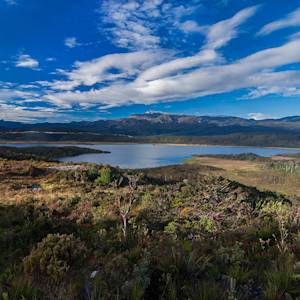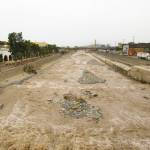Tiny Prairie Grass Field
Personal memory by Dr. Larry Paden
1972 • Sand Springs, OK, USA
History records settlers having a great deal of trouble breaking up the established prairie in Kansas and Northern Oklahoma. These days it is hard to imagine how that could be. Turns out that the prairie grass was much thicker than anything that might be seen today. The example that I would like to give is from the creek west of my parents' house about 1972. For most of the summer, the grass along the creek was so thick that I could throw myself into the grass as if it were a pile of leaves in the fall. Although the grass was not very tall, perhaps under 16 inches, the grass was extremely plush and thick. The first time, I tentatively laid down in the grass and noticed that it was very comfortable and I was still off the ground. Like a joyful little boy, although in high school at the time, I proceeded to jump into the grass with increasing greater ferocity. I was never able to hit bottom, no matter how hard I threw myself into the grass. Note that the prairies & buffalo may not have been as natural occurrences, as we were led to believe in Anglo-centric schools. In the 1960s, many in Cherokee country still burned off their fields every fall. That was said to be the old way, and no longer needed. But if you watch carefully what happens in the spring, the grasses grow much faster from the burned ground. The grass from the old, unburned field are typically three or four weeks behind. The accounts from English colonial times mention that the fall fires were set by native Americans and stretched as far as the eye could see. The fires gave the grass nearly a whole extra month of growth in the summer and gave the buffalo that much more to eat.


Learn about Maya Lin’s fifth and final memorial: a multi-platform science based artwork that presents an ecological history of our world - past, present, and future.

Discover ecological histories and stories of former abundance, loss, and recovery on the map of memory.

Learn how we can reduce our emissions and protect and restore species and habitats – around the world.

See how art can help us rethink the problems we face, and give us hope that each one of us can make a difference.

Help make a global memorial something personal and close to home. Share your stories of the natural world.


